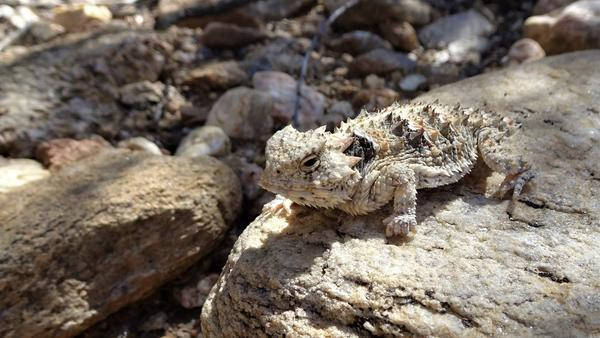
Discover 8 Unique Mammals in the US You Might Have Missed
Yesterday, my son stumbled upon an incredible find in our backyard: a bobcat! This feline was much larger than a house cat, with long legs and a short tail. We even glimpsed what appeared to be its kitten nearby—an exhilarating moment for any nature lover! While spotting majestic animals like bears and moose can be a dream come true for wildlife enthusiasts, many fascinating mammals often go unnoticed. These creatures can be elusive, nocturnal, or simply not well-known. In this








